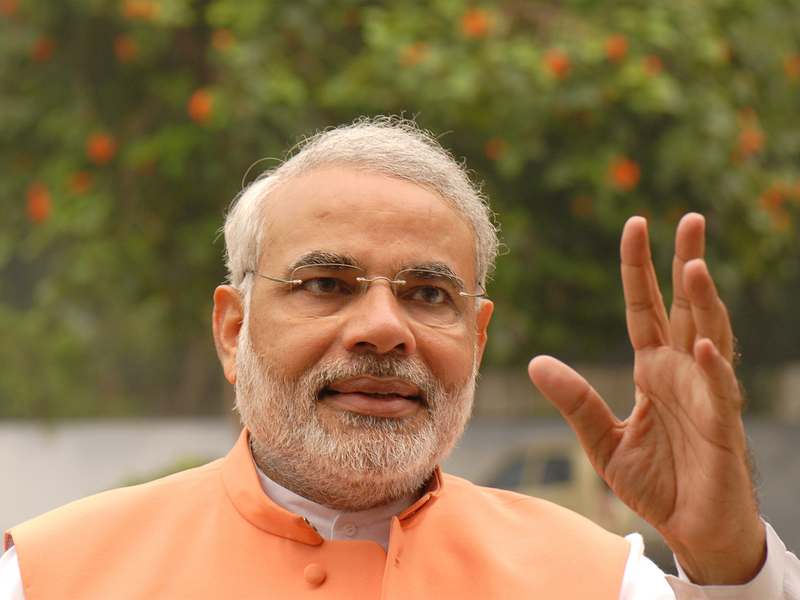What if I were to say that the home prices in the United States impact the value of your investments in India. You will probably turn around and ask me to go take a walk.
But the fact of the matter is that there is actually a link between the two and we have reached a stage where the link perhaps matters more than it ever did. Nonetheless, before we get into understanding this, it’s important to know how we got here in the first place.
In late 2019 and early 2020, rich world central banks led by the Federal Reserve of the United States, the American central bank, started to print a lot of money, first to take care of the economic slowdown and then the economic contraction because of the spread of the covid pandemic.
The idea was to drive down interest rates. At lower interest rates people were expected to borrow and spend money. Interest rates on thirty year home loans in the United States fell to as low as 2.65% in early January 2021, the lowest they had been since 1971, the year from which this data is available.
Naturally, with interest rates at such low levels, more people started borrowing and buying homes than was the case in the past. While the demand for homes went up quickly, their supply couldn’t go up as quickly to meet this extra demand. Hence, home prices went up, at a very past pace.
In April 2022, home prices in the US, as per the S&P Case-Shiller 20-City Composite Home Price Index, went up by 21.2% in comparison to April 2021. Home prices have been rising at more than 17% year on year from May 2021 onwards. This kind of price rise wasn’t even seen during the real estate bubble of the 2000s.
One straight impact of this has been rising home rents. As per Realtor.com, the median rent in the United States in May 2022 was 23.2% higher than in May 2020 and 15.5% higher than in May 2021. This rise in home rents feeds into retail inflation. As The Economist puts it, in May 2022, the “rising housing costs already accounted for 40% of the monthly increase in the consumer-price index [which measures retail inflation].”
In May 2022, the retail inflation in the United States stood at 8.6%, the highest since December 1981, when it was at 8.9%. People are now building in this high inflation into their monetary calculations; in the home-rents they demand and in the salaries and wages they ask for.
In May 2022, the median one-year ahead expected inflation rate in the United States was 6.6%, the highest that it has been in a while. As any economist would put it, once inflation expectations set in the minds of people it becomes very difficult for central banks to control inflation.
So, in this scenario, it has become very important for the Federal Reserve to control the fast pace at which housing prices have been going up, given that it can’t do much about the high energy prices, due to the war in Ukraine.
The Federal Reserve has decided to gradually withdraw some of the money that it had printed and pumped into the financial system. Between June 2021 and May 2022, it expects to suck out close to a trillion dollars, bringing an era of easy money to an end.
This is already pushing up home loan and other long-term interest rates in the United States. As of June 30, the median interest rate on a 30-year fixed interest rate home loan had risen to 5.7%, from a low of 2.65% in early January 2021.
As the Fed keeps sucking out money, the interest rate on home loans will keep going up and this will hopefully drive down the demand for fresh homes and the rate of price rise of homes. As home price inflation cools down, rental inflation will also cool down and in turn bring down retail inflation. That’s the theory.
Other than taking out the money it had printed, the Federal Reserve also plans to raise its key short interest rate, the federal funds rate. This is expected to drive up short term interest rates in the United States.
The end of the era of easy money and rising interest rates in the United States will have an impact on investments in India. In fact, this is already happening. The foreign institutional investors (FIIs) have already sold Indian stocks worth Rs 2.56 trillion between October 2021 and July 1, 2022. This has led to the value of investments in stocks, equity mutual funds and unit linked insurance plans, falling.
Further, as FIIs sell out of India, they convert their rupees into dollars, leading to a surge in the demand for the dollar and drop in the value of the rupee. One dollar is currently worth around Rs 79. It was worth around Rs 74.5 at the beginning of 2022. This makes life expensive for those looking to study abroad or to go for a foreign holiday.
As the Federal Reserve raises interest rates, the Reserve Bank of India will have to do the same. This will push up interest rates on loans as well as deposits in India. Hence, people with loans are likely to end up paying higher EMIs, whereas people with deposits are likely to earn a higher interest than was the case in the past. Again, this is already happening.
Of course, a big impact of the rise in interest rates in the United States has been on crypto prices, which have crashed by close to 80% from their all-time high-levels, leaving many zoomers poorer.
All in all, as the old cliché goes, when America sneezes, the whole world catches cold.
This piece originally appeared in the Deccan Herald on July 3, 2022, with a different headline.

